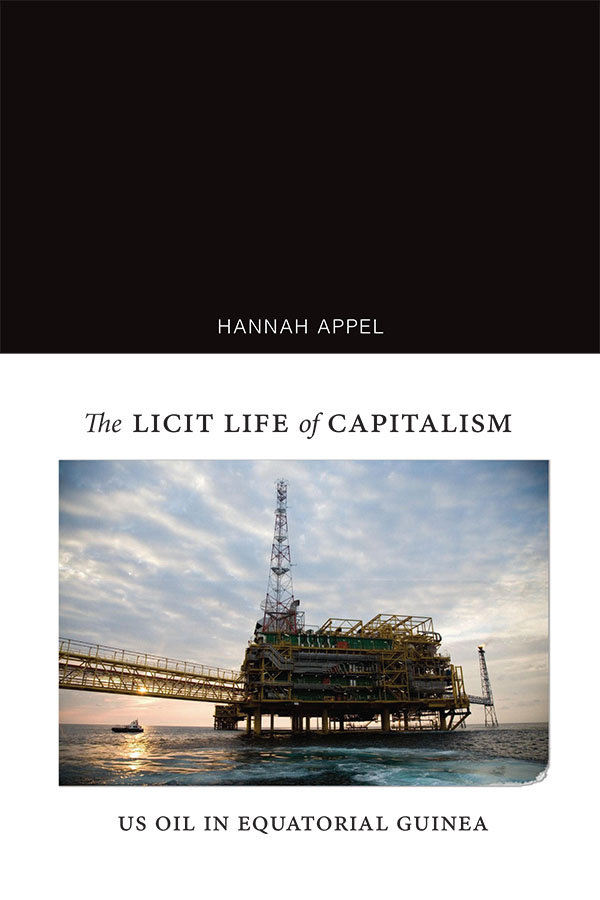Carving out the Commons (Huron 2018), the second book in the Diverse Economies and Livable Worlds book series, is a wonderful contribution to a series focused on post-capitalist possibilities. The book’s objective is to discern practices of commoning in everyday life, even in the so-called ‘Capitalist city’, as the basis for a post-capitalist politics. The book pursues this objective by making two theoretical moves. First it reconciles Ostrom’s more pragmatic understanding of the commons with what Huron calls an alter-globalizationist, politically oriented commons. Second, it subsequently demonstrates how the power of the commons rests precisely in subverting the distinction between practical and political concerns.
Limited Equity Cooperatives (LECs) in the high-rent city of Washington DC provide the empirical context for theoretical exploration. LECs provide affordable housing by restricting how much a member can profit from the resale of the unit. LECs began in DC’s working-class communities during a particular moment in history. In the 1970s, home rule was restored to DC, allowing the city to self-govern for the first time in a century just as the process of gentrification was beginning to transform DC into an expensive real estate market. LECs provide affordable housing for people who would otherwise be forced to spend greater than 30% of their income on housing.
Huron describes LECs as an urban commons, drawing on two theoretical traditions: the Common Pool Resource (CPR) institutionalist tradition, most closely associated with the work of Ostrom, and the alter-globalizationist perspective, associated with the work of Federici, Hardt and Negri. Ostrom’s work documented how a system of rules governing the access, use, and care of common property allows communities to benefit from the shared use of a resource for generations. It is easy to understand LECs as CPRs: they are spaces governed by rules that define the conditions of access, use, care, benefit, alienation and the tenants themselves are responsible for living by these rules. It is perhaps harder to see a connection with the Alter-globalizationist’s post-capitalist commons that includes “humanity’s social product, the countries of the world, the substances of the earth.”(Huron 2018, quoting Linebaugh(2014) 29)
Harder to see, yet Huron skillfully introduces us to this view. The difficulty lies in how other commons-theorists such as Cattaneo and Martinez (2014) , distinguish between genuinely “political” acts and those who “really just need stuff—food, water, housing—in order to live.”(Huron 2018, 155). From this perspective LECs are a purely practical, apolitical phenomenon. The elevation of “Politics” above survival has a long history stretching from Plato to Arendt, but from Huron’s perspective this perspective misses the political potential of LECs.
LECs give cooperative members greater control over housing. Affordability and control give life stability—money saved on housing costs can be invested into other aspects of life. Finally, the cooperatives bring with them the possibility of community—the sort of everyday practices of mutual aid that become possible in the context of interdependence that are especially important for older or unwell cooperative members. What’s important to note here is that the benefits—affordability, control, stability, community—do not exist apart from the commoned form, the rules that define these common spaces, or the people that live by those rules. In making this argument Huron comes close to Agamben’s (2013) reflections on the Franciscan monastery as a form of common-life, a space defined by the rules of voluntary poverty, those who live by the rule, and the material commons of the monastery. Agamben describes the monastic movement in the 12th century as a form of life in protest against a Church become an earthly geopolitical and economic power.
In the same way Huron argues that the political potential of LEC is found where life, rule, and material practice coincide. Like the monastery she positions LECs is a space of dissent from within. LECs provide a practical response to the pressures of gentrification but it is a form of housing that depends autonomous self-governance to work. For Amanda this “practical” solution is precisely what connects LECS to the political aspirations of the alter-globalizationist commons:
“if we understand the commons for what I argue it really is—a pragmatic practice to be pursued, within and between and against capitalist practices—then we can be quite hopeful about building a post-capitalist world. Because these worlds are already being built around us right now, out of necessity.” (155).
Huron’s refusal to distinguish between practical, economic necessity and the political, her willingness to link Ostrom’s version of the commons with that of the alter-globalizationists makes a politics of commoning more sensible. Toward the conclusion of her book she suggests a few ways of thinking beyond LECs towards a municipal commoning politics: how legal forms like Community Land Trusts protect LECs or a broader defense of commons-space in DC. But in my view Huron’s depiction of the commons as a form of life that give stability, control and new forms of association makes commons more sensible elsewhere.
Here a parallel might be drawn with Lauren Berlant’s (2016) description of the commons as an “infrastructure for troubled times” and “the living mediation of what organizes life: the lifeworld of structure.” Berlant, like Huron, sees the commons as a stabilizing force, and further a means of repairing economic and ecological precarious life. Both Huron and Berlant help me to understand how other commons work. Colleagues Kelly Dombroski, Gradon Diprose and David Conradson and I have used commoning to describe the efforts of mutual aid organizations, community art installations, and urban gardening in post-quake Christchurch. One organization, Cultivate, employs farmers and social workers to work with at risk-youth to run a market garden, using extensive municipal composting practices to build the soil atop ruined buildings, linking with area restaurants, and the broader municipality. Here new forms of association give young people stability and control through the material practice of growing together. As with the LECs, Cultivate fulfils a practical need expressing a transformative possibility.





















